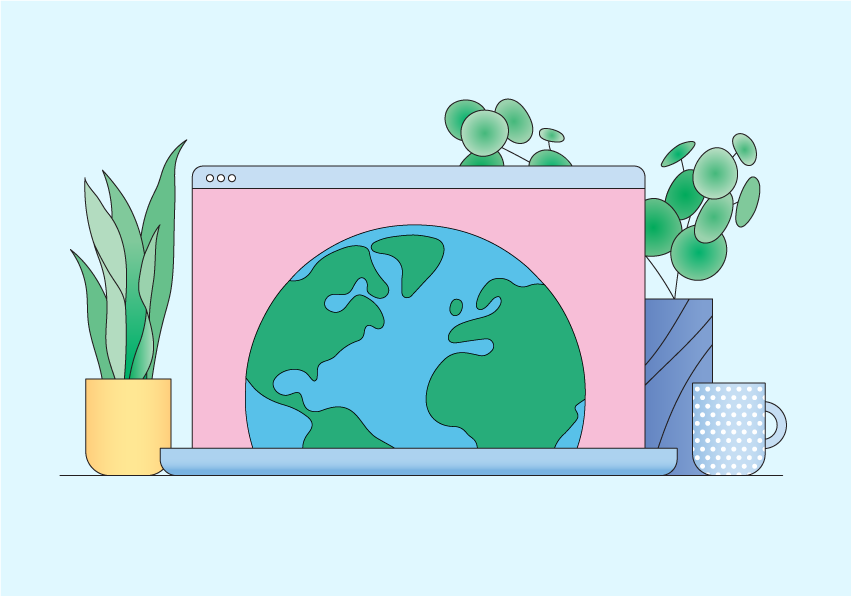Low-Carbon Website Design

One of the biggest issues in our world today is carbon emissions and their effect on the environment. While having things online may seem eco-friendly and less wasteful, the electricity used to host the massive amount of websites today is still creating CO2 emissions.
Large websites with lots of pages and big attachments need a lot of energy to load. With the increase of digital advertising, online sales and social media, this problem is only going to get worse—especially due to the need for online entertainment because of COVID-19.
The average website produces about 816kg of CO2 per year, which is a sizable amount. Overall, the internet accounts for 3.7% of global carbon emissions. If you want to know how green your website is, you can use the Website Carbon Calculator to calculate your own carbon emissions.
If your website is producing too many emissions, one of the best ways to lower it is through the images you choose to showcase. Photographs need the most energy to upload and portray, meaning they cause the site to use more electricity. Not only do large and abundant photos use more energy, but they can also make a site load slower. By using images of a smaller file type and using fewer photos altogether, your website’s images can be more impactful, will run smoother, and will be better for Earth.
For a better future for both the environment and the web, we are looking forward to implementing these ideas onto our own sites!
Leave a Comment